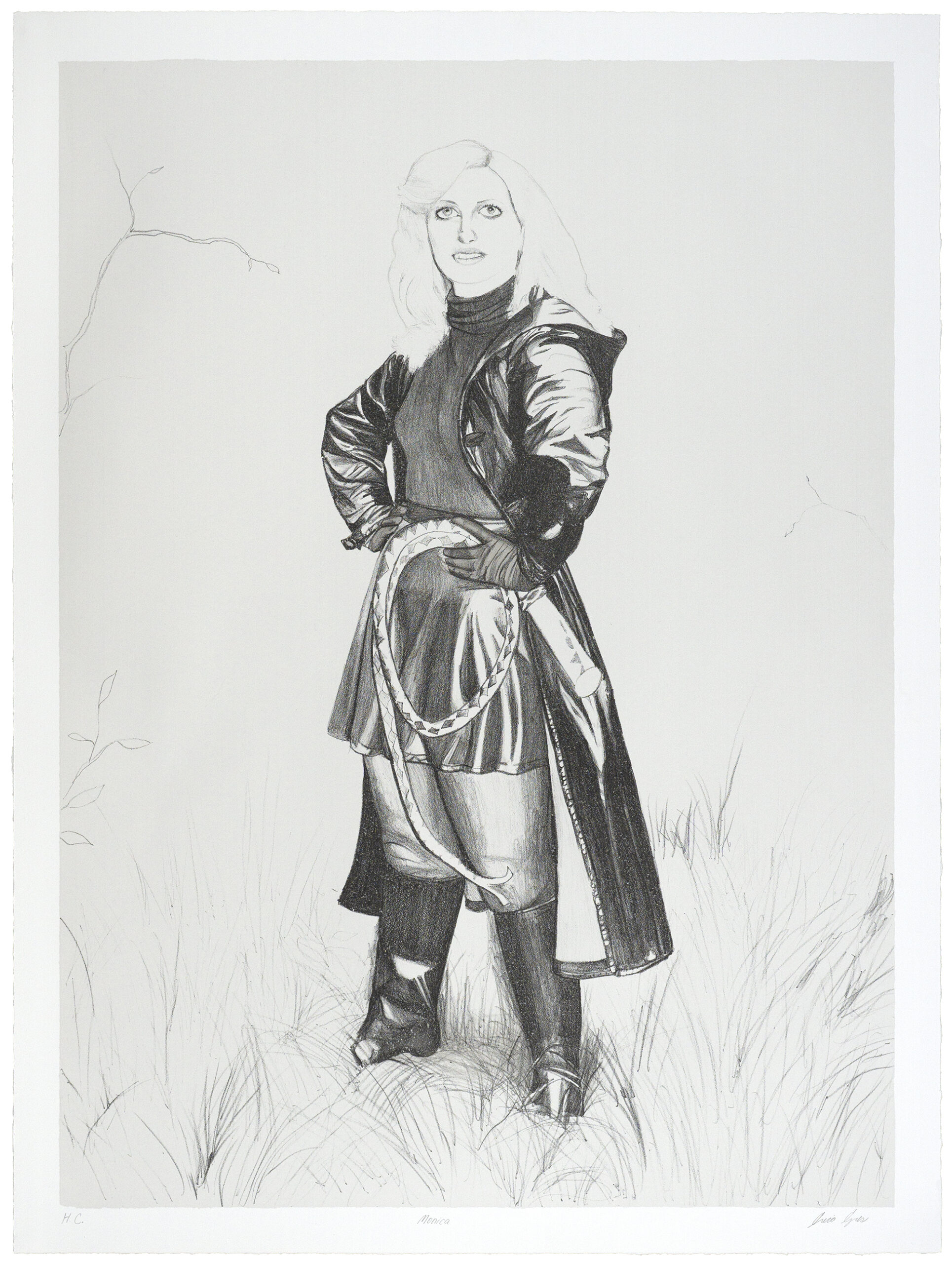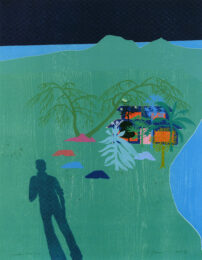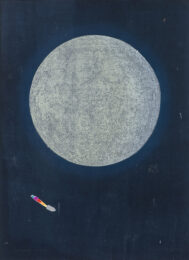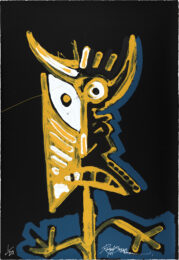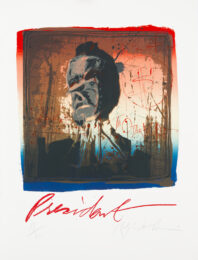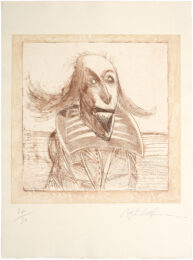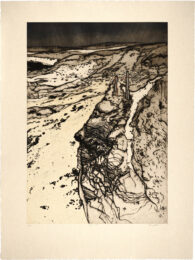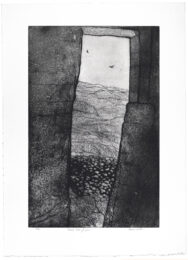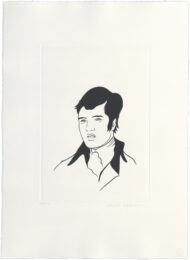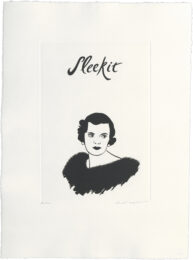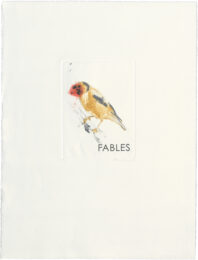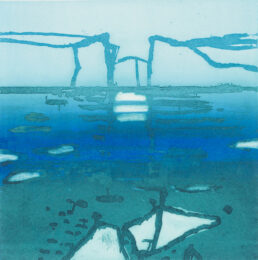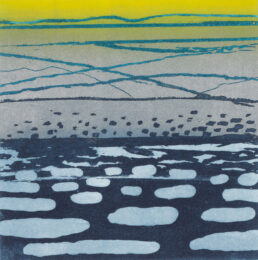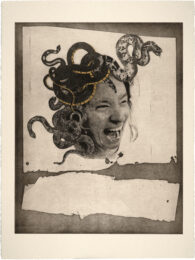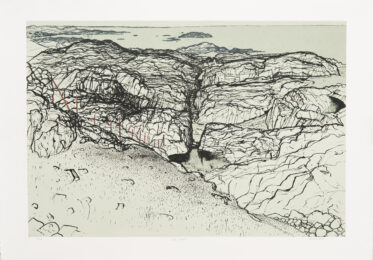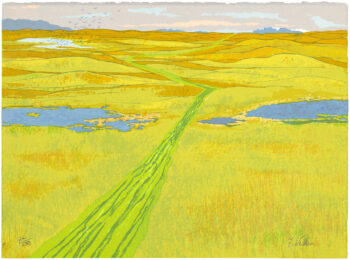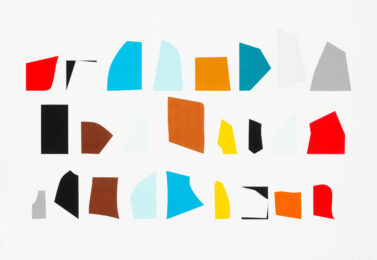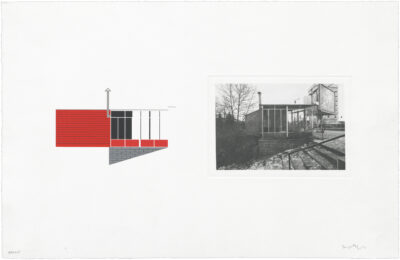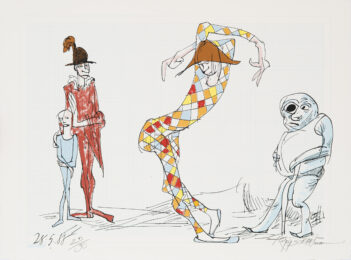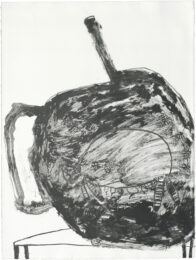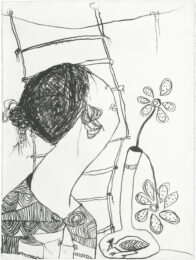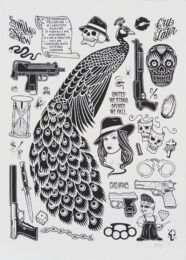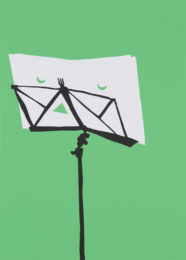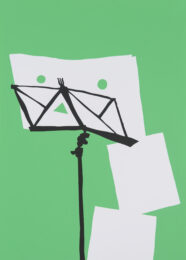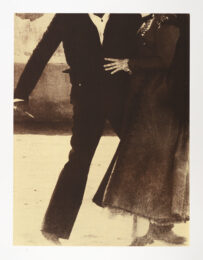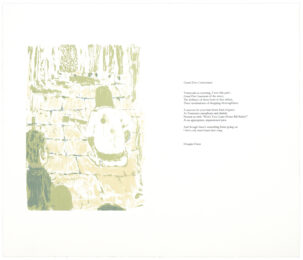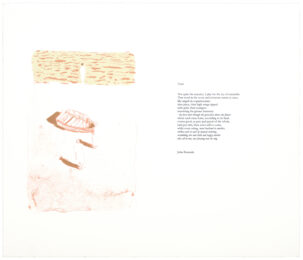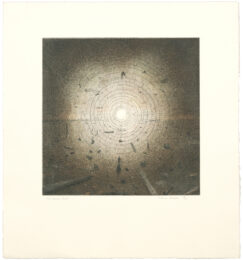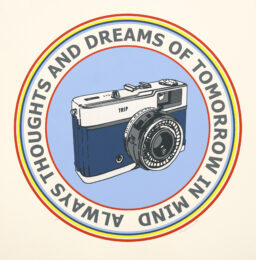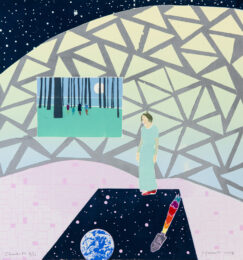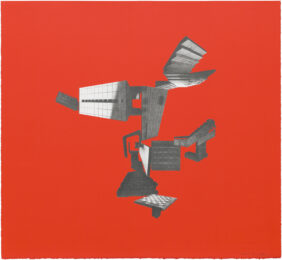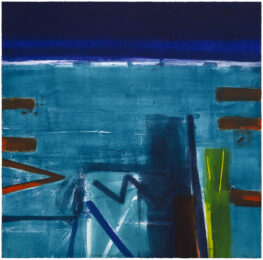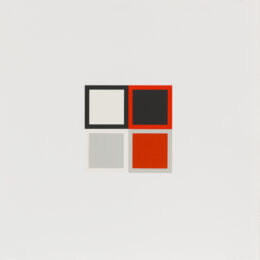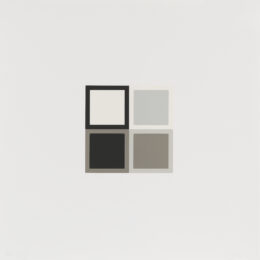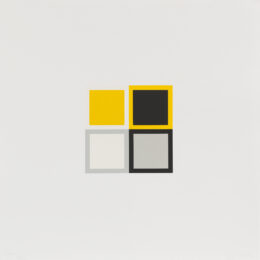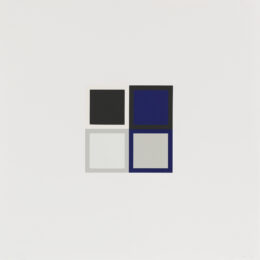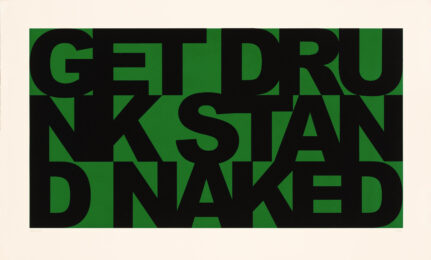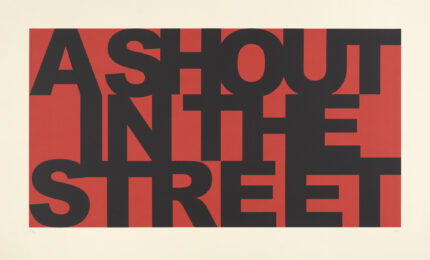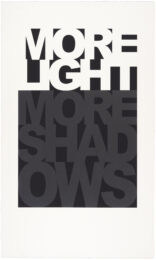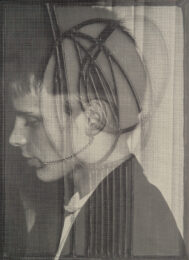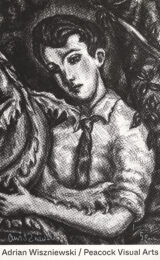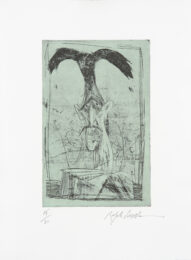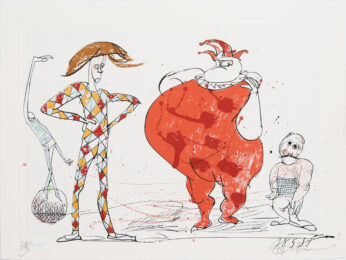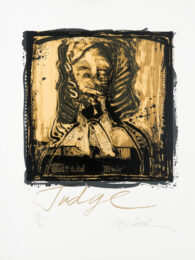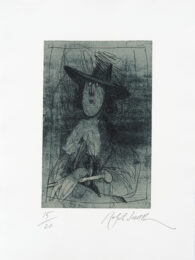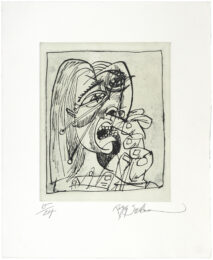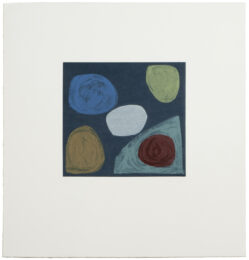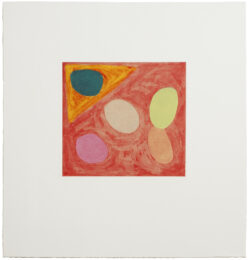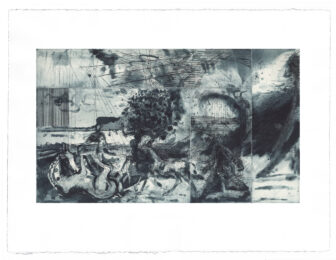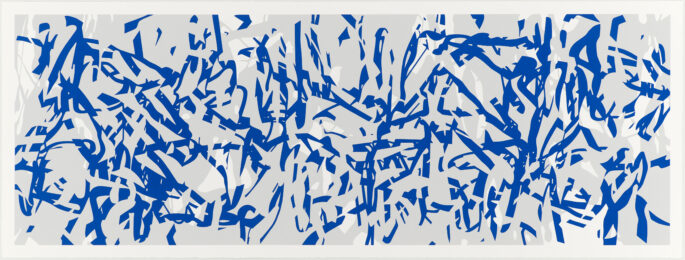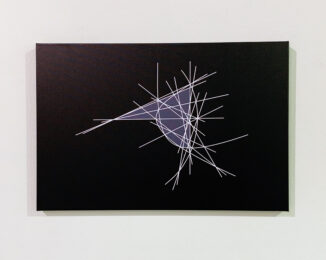Details — Click to read
Erica Eyres was born in Winnipeg and received a BFA from the University of Manitoba and a MFA from the Glasgow School of Art. In her art, she works with videos, drawings, sculptures and ceramics. Eyres has had solo exhibitions in London, in Winnipeg, in Glasgow at the Centre for Contemporary Arts and in Germany at the Kunsthaus Erfurt. Her work was also shown at the Swab Contemporary Art Show in Barcelona in 2008 and at the Akureyri Art Museum in Iceland.
She produced a series of drawings based on studio photographs which were taken by her father during the 1970s. In 2012, she developed a video which reconstructed an episode of the television show Dallas using Scottish children as actors. In 2014, she collaborated with Icelandic artist Sigga Björg Sigurðardóttir in an installation at the Listasafn ASÍ art museum called Sniffer. Her work can be both humorous and unsettling.
She was nominated for a Beck’s Futures award in 2006. In the same year, she received a Dewar Arts Award. In 2017, she appeared on the long list for a Sobey Art Award.
An image of strong femininity, Erica Eyres’ Monica gazes fiercely at the viewer in a commanding pose. Eyres’ first venture into printmaking, Monica was realised in close collaboration with printmaker James Vass. An accomplished draughtswoman, the choice of lithography allowed Eyres to familiarise herself with printmaking through a technique that comes close to drawing.
A multi-disciplinary artist, working often in sculpture and installation, Eyres’ practice looks closely at female representation in popular media. Carefully drawing the images of women appearing in adverts and magazines is on the one hand a way to pay them homage, and on the other is a way to reclaim them. As Eyres herself writes, she has always been interested in subverting and complicating traditional means of representations, such as self-portraits. Her method involves found images and thinking about ‘the dynamics of who’s taking the photograph; the person’s motivation for being photographed; and how they want to represent themselves.’

